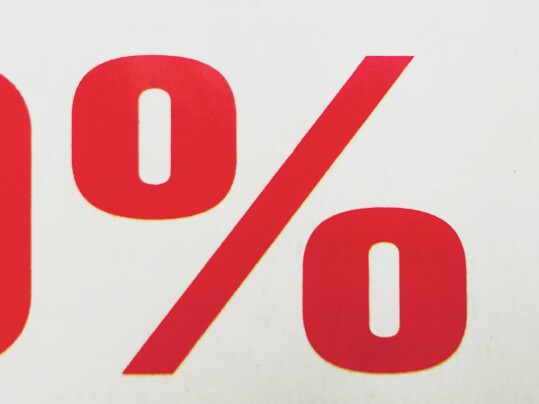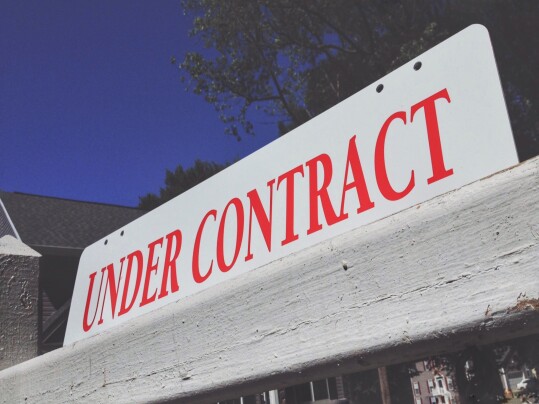Fannie Mae’s monthly Home Purchase Sentiment Index is based on a survey of Americans which asks for their opinions about the housing market and overall economy. Specifically, respondents are asked whether they think now is a good time to buy or sell a home, whether they think prices and mortgage rates will rise or fall, and about their personal financial situation and job security. The most recent release finds respondents increasingly optimistic. In fact, the index was up two points in February, its third consecutive monthly improvement. It now sits at its highest level in nearly two years. Doug Duncan, Fannie Mae’s senior vice president and chief economist, says respondents are most optimistic about selling. “Consumer attitudes toward home-selling conditions increased markedly in February, with current homeowners, in particular, expressing greater optimism that it’s a ‘good time to sell,’ a development that may foreshadow an upcoming increase in existing home listings,” Duncan said. “Additionally, despite the recent uptick in rates, consumers remain relatively optimistic that mortgage rates will decrease over the next 12 months.” (source)
Archive for March 2024
Americans Feel Optimistic About Housing Market
When’s The Best Time To List A Home For Sale?
Everybody with a home to sell wants it to sell for as much as it can. Part of that is presenting it in its best light. That means making small repairs, painting, cleaning, and removing unnecessary clutter before listing it. The other part is selling at the right time. But when is the best time to list your home if you want to get the best possible price? Generally speaking, spring is the time of year when the market heats up and buyers are most active. Year after year, spring sellers are shown to get the best price for their home. In fact, according to one new analysis, sellers who sell during the first two weeks of June are particularly successful among spring home sellers. The analysis found homes sold during early June last year sold for 2.3 percent more than homes sold at any other time. That comes out to about $7,700 more for the typical home. This year’s market is expected to have similar timing, which means now is a good time to start thinking about selling, if you’ve been considering a move. (source)
Buyers Bounce Back As Rates Hold Steady
According to the Mortgage Bankers Association’s Weekly Applications Survey, average mortgage rates for 30-year fixed-rate loans with conforming loan balances saw a slight decline last week from the week before. Rates also fell for 15-year fixed-rate loans, while FHA loans were unchanged and jumbo loans and 5/1 ARMs saw small increases. Steady rates were enough to boost interest in buying a home, though, as demand for mortgage applications spiked 9.7 percent. Mike Fratantoni, MBA’s senior vice president and chief economist, says first-time home buyers were a big part of the increase. “Mortgage applications were up considerably relative to the prior week, which included the President’s Day holiday,” Fratantoni said. “Of note, purchase volume – particularly for FHA loans – was up strongly, again showing how sensitive the first-time home buyer segment is to relatively small changes in the direction of rates.” The MBA’s weekly survey has been conducted since 1990 and covers 75 percent of all retail residential mortgage applications. (source)
Number Of Affordable Homes For Sale Spikes
Spring is typically the time of year when the housing market gets going. This year looks to be no different. In fact, according to a new analysis from the National Association of Realtors’ consumer website, there’s reason for optimism. That’s because the number of homes for sale – which has been one of the primary factors holding buyers back – is rising, and particularly in affordable price ranges. According to the numbers, the inventory of homes for sale on a typical day in February was nearly 15 percent higher than the year before and, for homes between $200,000 and $350,000, inventory was up 20.6 percent. Danielle Hale, the website’s chief economist, says the news has been good so far this year. “The first couple of months of 2024 have proven to be positive for inventory levels, as the number of homes actively for sale was at its highest level since 2020,” Hale said. That’s good news for spring buyers and especially those looking for an affordable home to buy. (source)
How Much Money Do Buyers Need To Earn?
Buying a home has gotten more expensive over the past few years. Home prices have climbed and mortgage rates are elevated from the record lows seen during the pandemic. In short, buyers need more money than was necessary just a few years ago. But, according to one new analysis, how much you need to earn in order to comfortably afford a home is largely dependent on where in the country you’re looking to buy. In fact, the necessary household income varies widely. For example, in cities like Pittsburgh, Memphis, and Cleveland, buying remains fairly affordable. Pittsburgh is the most affordable city. In Pittsburgh, a household income of just over $58,000 is needed to afford a home. On the coasts, though, affordability is more challenging. In New York, an income of over $200,000 is needed, while San Jose tops the list at $454,296. Nationally, the income required to comfortably afford the typical home is $106,000. The country’s typical household income is $81,000. (source)
Home Price Gains Continue Above Trend
The S&P Case-Shiller Home Price Index is among the most closely followed measures of U.S. home prices. The index, released monthly, tracks all nine census divisions and has data going back almost 30 years. According to the most recent release, prices are still rising. In fact, they continue to move upward at a pace above the historical trend. Brian Luke, head of commodities, real & digital assets at S&P, says recent gains have been solid, especially considering mortgage rate increases. “Looking back at the year, 2023 appears to have exceeded average annual home price gains over the past 35 years,” Luke said. “With trend growth at the national level of 4.7 percent, a 5.5 percent return demonstrates solid, steady growth. While we are not experiencing the double-digit gains seen in the previous two years, above-trend growth should be well received considering the rising costs of financing mortgages.” (source)
Number Of Signed Contracts To Buy Homes Falls
The National Association of Realtors’ Pending Home Sales Index tracks the number of contracts to buy homes signed each month. Because contract signings precede closings by several weeks, the index is considered a good predictor of future home sales numbers. In January, the index fell 4.9 percent month-over-month. Lawrence Yun, NAR’s chief economist, says Americans are sensitive to mortgage rate fluctuations and it may be impacting activity. “The job market is solid, and the country’s total wealth reached a record high due to stock market and home price gains,” Yun said. “This combination of economic conditions is favorable for home buying. However, consumers are showing extra sensitivity to changes in mortgage rates in the current cycle, and that’s impacting home sales.” Regionally, contract signings were down in the South and Midwest but saw slight increases in the Northeast and West. (source)







